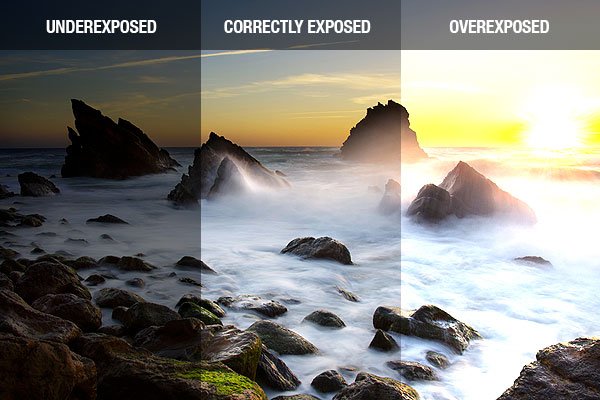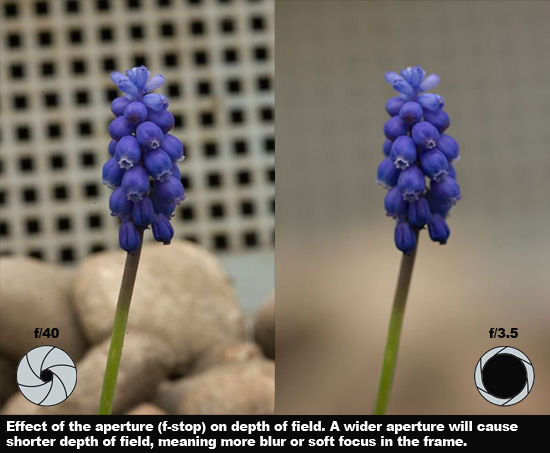
In practice, the extra experimental work needed to determine the thresholds with large enough sample sizes makes such tests often not practical. In theory, representative aperture value of a fracture can only be determined with a fracture size equal to or larger than its stationarity threshold of surface roughness ( Fardin, 2003). Such experiments, especially laboratory experiments, are subject also to size effects. The question is that either aperture or the flow law exponent must be assumed, so that the other can be determined from the results of the measured flow rate which is the only known value in the experiment. Exceptions exist, of course, as demonstrated by Cook (1988) and many others. The Cubic Law is most commonly applied and proven to be applicable in many cases. The hydraulic aperture is mostly determined by back analysis from laboratory compression-flow tests or field-scale pumping tests with isolated individual fractures, by assuming most commonly the validity of the Cubic Law it is therefore subject to the validity of the flow law assumption. It is also sometimes used as the initial hydraulic aperture in practice.

In rock mechanics, the mechanical aperture is usually determined by normal compression tests, as the maximum closure value at the end of a cyclic loading–unloading sequence. However, geometric aperture is needed, especially in laboratory experiments, to estimate the initial mechanical aperture. Since the aperture values are often expressed in micrometers, demand for low error margins of the relocation is required and in practice is difficult to achieve. The geometric aperture may be estimated using accurate laser surface scanning, but an accurate relocation technique is needed, as discussed in Lanaro et al. The difficulty lies in the fact that it is not so easy and straightforward to determine apertures by simple experiments, especially regarding their initial values. As also presented in this chapter, apertures are stress and deformation-path dependent. Therefore mean aperture and local aperture are used at different scales and applications. Due to the randomness of the surface roughness and scale effects, apertures are not constant, but functions of location. In rock mechanics, geometric aperture is not usually used. These definitions are commonly adopted in hydrogeology. Conceptually, the orders of magnitude of these three apertures are: geometric, mechanical and hydraulic and they all are functions of stresses and deformation paths of the fracture.

The hydraulic aperture is the void space, which actually conducts fluid flow, divided by the apparent area of the fracture surface. Assuming that a fracture is composed of two nominally planar but rough parallel surfaces, the geometric aperture is the (nominally) normal distance between the two opposite surfaces of the fracture.Īssuming that two rough surfaces have their mean surfaces parallel, then the mechanical aperture is the distance between these two mean surfaces. From the literature there exist basically three definitions for a rock fracture (see Adler and Thovert, 1999): geometric aperture, mechanical aperture and hydraulic aperture. Lanru Jing, Ove Stephansson, in Developments in Geotechnical Engineering, 2007 4.6.1.3 Definition and determination of fracture apertureĪlthough aperture is the dominating property for fluid flow in fractures, there is no universally agreed definition of aperture among different disciplines.


 0 kommentar(er)
0 kommentar(er)
